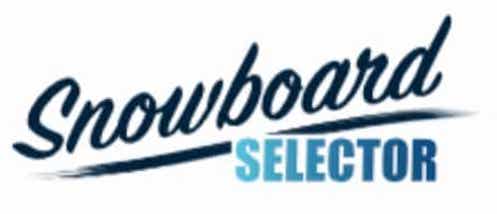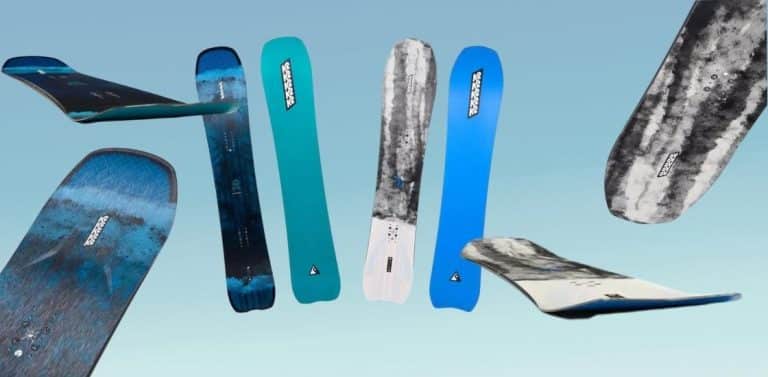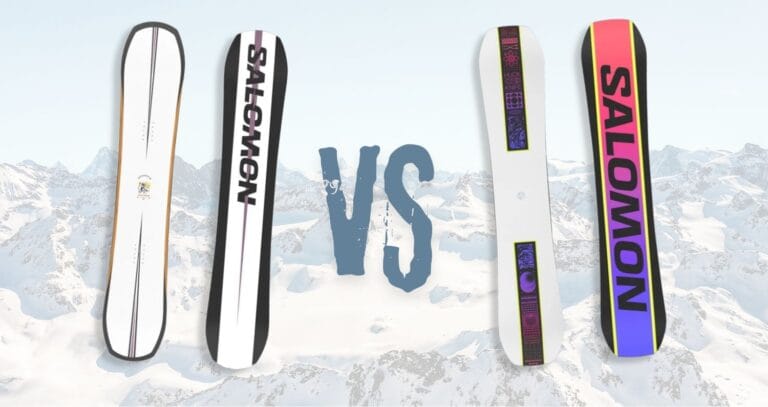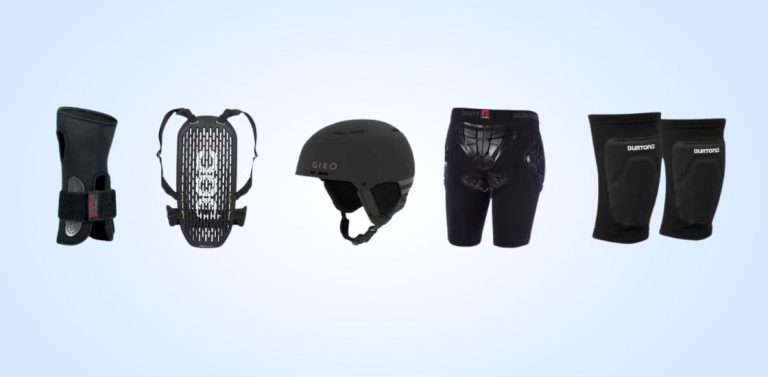Ride's Pig series is a super popular range of boards. Shorter and wider volume shifted boards have been hugely successful since they first appeared in stores. The Warpig was the original all-mountain board in the Pig series, whereas the Twin Pig is a newer addition with a more freestyle twist.
Ride Warpig Vs Twinpig – At a Glance
Although there are many similarities between the two boards, there are also some key differences that make them suited for different styles of riding.
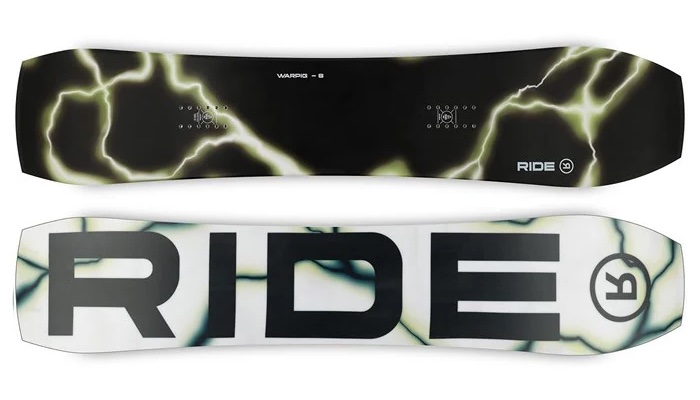
Ride Warpig
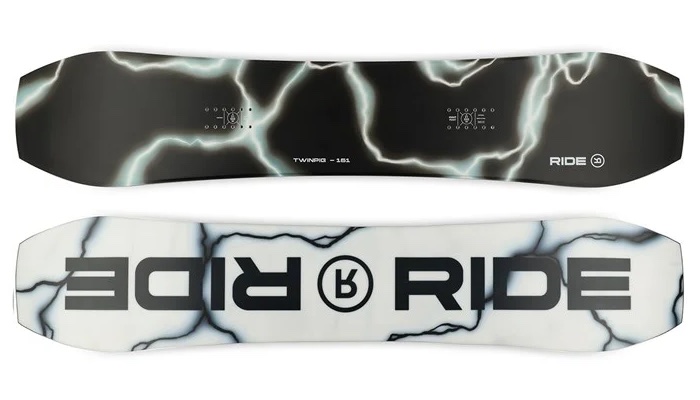
Ride Twinpig
Camber
Rocker/flat/rocker
Rocker/camber/rocker
Shape
Directional
Asymmetrical True Twin
Flex
5/10
5/10
All Mountain
Park/Freestyle
Powder
Warpig Vs Twinpig – Tech Specs
Snowboard shape
These boards are volume-shifted, meaning they have extra width and are designed to be ridden in a shorter length than your standard board. For example, in a 151cm, that I tested, both these boards have a waist width of 265cm. Ride recommends downsizing by 3-6 cm, so this board was roughly equivalent to a 156 board that I normally ride.
The Twinpig is a True-twin, meaning both the shape and the binding mounting points are symmetrical at both ends of the board. The Twinpig also has an asymmetrical shape with a heel edge that has a deeper sidecut and tighter radius than the toe-side edge. Because we are not anatomically the same heel-side to toe-side, this is an attempt to balance out the two turns.
The Warpig is a directional board, which means it has a longer nose than tail, although it is almost symmetrical between the contact points, so you will only get that directional feel in softer snow. It also has taper creating a nose that is 10mm wider than the tail.
Given its extra width, the Warpig is an incredibly responsive board that is super quick edge to edge; this is in part due to the board's taper. When Ride came up with the concept of the Twinpig, they wanted the same responsiveness but couldn't give it taper as it would no longer be a twin. Instead, they gave it this asymmetrical shape that is supposed to give a quicker, snappier heel side turn and quicken up the transition from one turn to the next.
You can read my full review of the War Pig here.
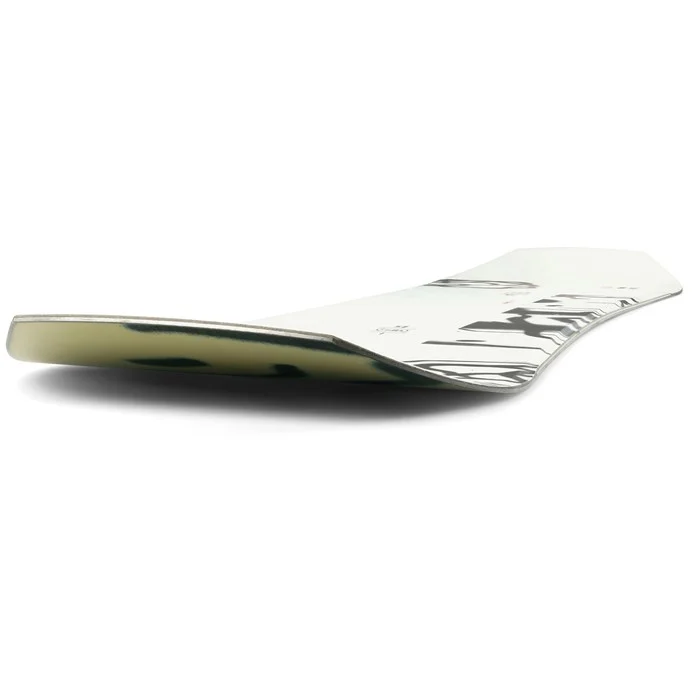
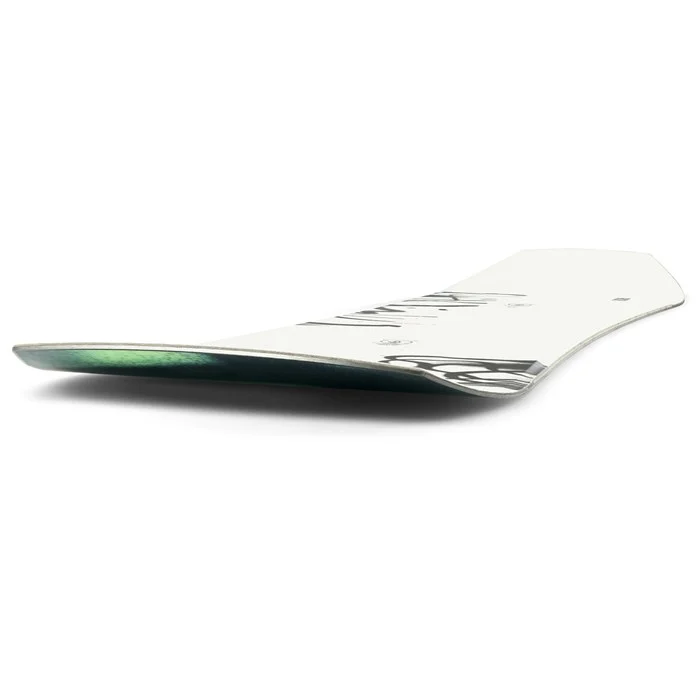
Comparing camber
Here we can also see some differences between the two boards that give them both a unique feel.
The Warpig is a flat camber board. Over most of the length of the board, the deck is lying flat on the snow. Then there are some early rocker sections in the nose and tail that lift the edges out of the snow, helping with turn initiation and giving it a loose, playful feel.
I've always been a little skeptical about flat camber boards, thinking they would lack any real pop of responsiveness. But with the Warpig, I was pleasantly surprised! I put this down to the unique sidecut; more on that later…

The Twinpig has a hybrid camber profile with traditional camber between the feet that transitions into an early rocker just outside of the bindings. The camber provides a little more pop and responsiveness than the Warpig whilst the early rocker lifts the contact point making it easy to turn and giving it a playful feel.

Comparing board flex
Both these boards feel pretty middle-of-the-road when it comes to flex. On paper, the Warpig is a little stiffer than the Twinpig at a 5/10 compared to the Twinpig's 4/10. This extra stiffness is largely to compensate for the Warpig's flat camber profile.
The Warpig is slightly stiffer than the Twinpig giving more spring to the flat camber profile.
The Twinpig's camber under the feet does feel like it gives a little more pop when ollieing.
Warpig Construction
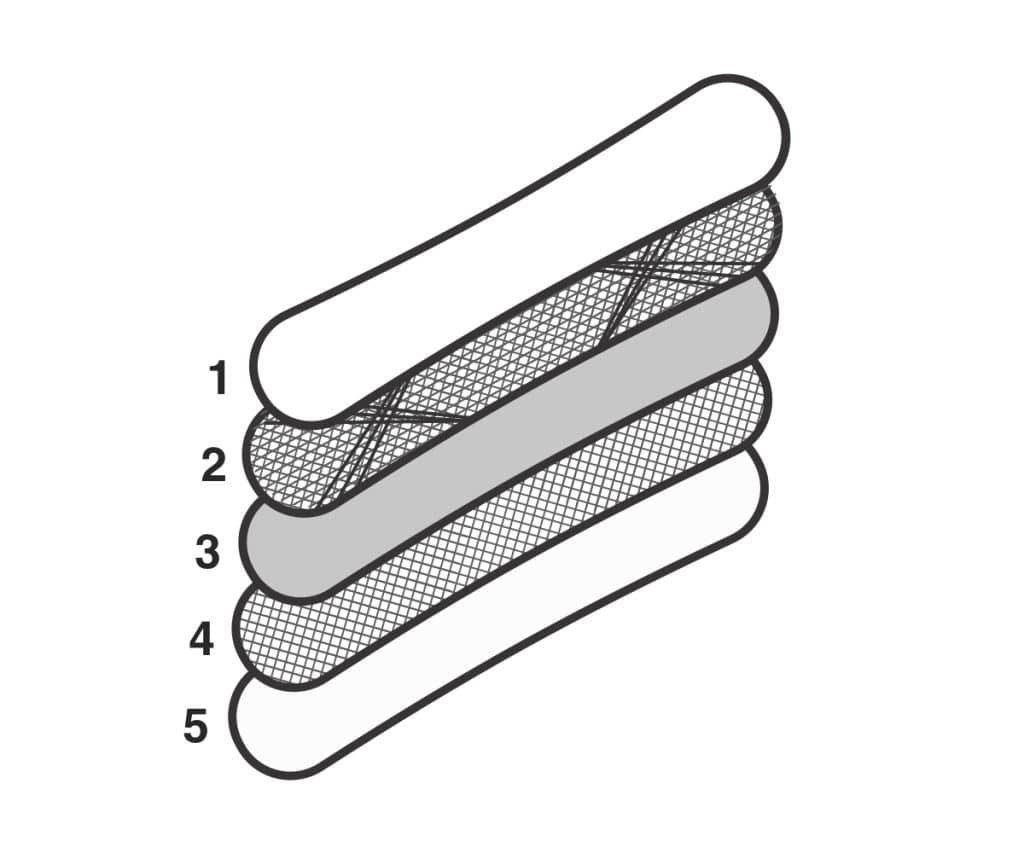
- Top sheet
- Triaxial glass and carbon stringers
- Aspen/Bamboo core
- Biaxial glass
- High-end sintered 4000 Ptex base
Twinpig Construction
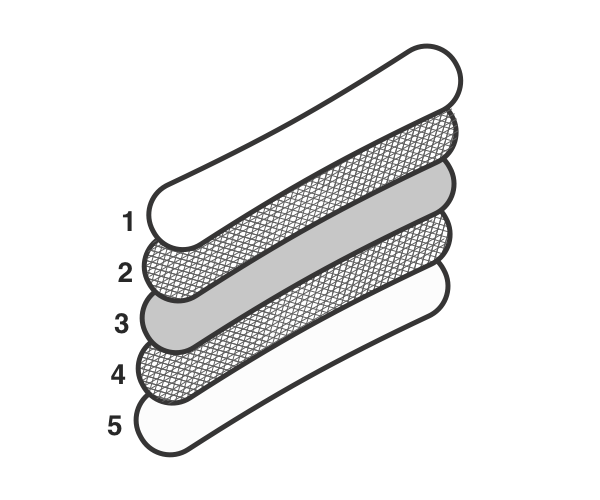
- Top sheet
- Triaxial Glass
- Aspen/Bamboo core
- Biaxial glass
- High-end sintered 4000 Ptex base
The Warpig has carbon stringers added into the construction that fan out from the binding placements towards the tip and tail. This provides some extra stiffness and means the Warpig holds an edge a little better in the turn. But Ride have slightly reduced its torsional flex between the bindings making it maneuverable and quick in the turn.
Comparing sidecut
Wide snowboards can often be a little sluggish when changing from edge to edge in the turn. The Warpig and the Twinpig both have innovative sidecuts that are designed to overcome this issue and make these boards super responsive and fun to ride.
The Warpig has a blend of three different sidecut radii running along this length. Normally when boards have different sidecuts, they start mellow at the nose and righten towards the tail. But on the Warpig, it's the other way around; the radius at the front is super tight, which helps hook you into the turn then a more mellow radius at the tail is good for drawn-out carve turns or pushing the tail out in a slash.
For the Twinpig to be a twin, it needs to have the same sidecut tip and tail, but instead, it has an asymmetrical sidecut with a different radius on the toe and heel edge.
Because of the way your knees and ankles work, turning on the toes and heels is not exactly the same. On wide boards where your feet maybe don't reach out fully to each edge, this issue is magnified. The Twinpig has a tighter heel edge radius than the toe edge, so you still get that snappy feel out of both turns.
This means the Twinpig doesn't have a tip and tail but instead a heel edge and a toe edge.
If this sounds confusing, it just means that no matter, if you're regular or goofy your left and right feet, go in the same place.
How Does the Ride Compare?
As we have discovered, there are a lot of similarities between the two boards. They are both volume-shifted shapes, and both very similar constructions.
The main difference between the two boards are in their camber and sidecut profiles, lets see how this translates into the riding.
I rode these boards in spring conditions, starting a little icy but quickly transforming to slush. There wasn't much powder on offer so I cruised around the groomers and took a few laps through the park.
All Mountain
Both boards are great fun to cruise around the mountain on. The extra width helps cut through chunder slush, and the short length makes them easy to ride and playful.
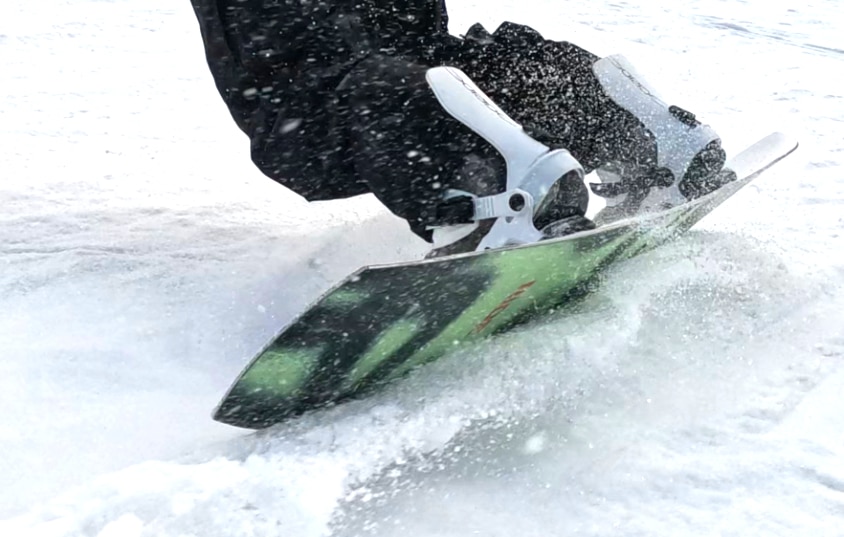
I definitely felt the Warpig held onto a carve turn better than the Twinpig. I put this down to its directional shape and extra stiffness in the tail. But it was doing short, snappy turns that these boards really excel. This applies particularly to the Warpig, which is one of the most fun boards I have ever ridden for just shredding around the mountain. If you are looking for a more high-performance carver in a volume-shifted shape, then check out the Salomon Dancehaul.
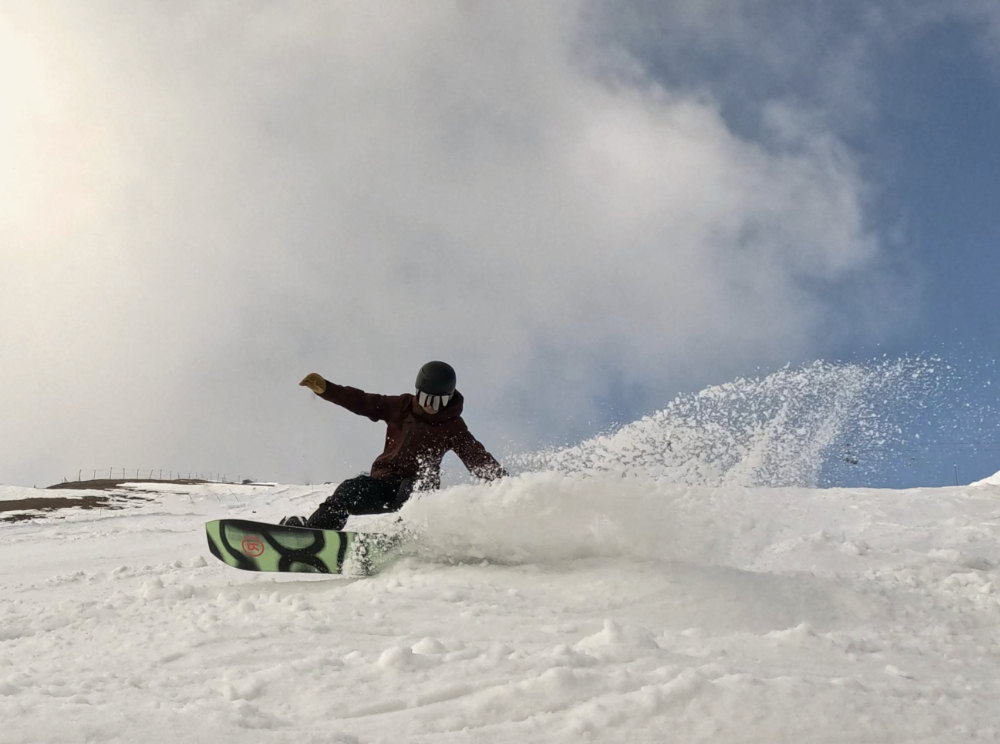
Freestyle/Park
As you might expect, the Twinpig performs better in the park than the Warpig. Its true-twin shape means it rides the same switch as it does forwards. The Camber profile also gives a little more pop in ollies and off the jumps than the Warpig.
That said, the Warpig does perform surprisingly well, considering its directional shape. It is soft enough to press, and its short length makes it easy to spin. So definitely, you should not be put off taking a lap through the park if you are riding the Warpig.
However, the Twinpig is definitely a better freestyle board. This is a great option for riders with bigger feet who need a freestyle board with a little extra width.
Powder
So there wasn't much powder the weekend I tested these two boards. But there was a few inches of fresh if you knew where to look!
With their extra width, both boards naturally want to float up to the surface. But with its tapered shape the Warpig is naturally more suited to deep snow, and means you don't have to work your back leg too hard to keep the nose out of the snow.
If you like the Warpig but want something more aimed at riding powder,. then definitely check out the Mountain Pig.
Final Verdict – Which Board Would I Choose?
I found both boards to be loads of fun to ride in the park and jibbing around the mountain. I found the Warpig in particular, was a really fun board for lapping around the resort. I don't ride too much park these days, so out of the two I would choose the more versatile Warpig.
I would honestly recommend everyone to take a few laps on the Warpig – it's such a fun board!
If you are already a fan of the Warpig shape and feel but want something a little more freestyle-orientated, then Twinpig is for you.

Ride Warpig

Ride Twinpig
